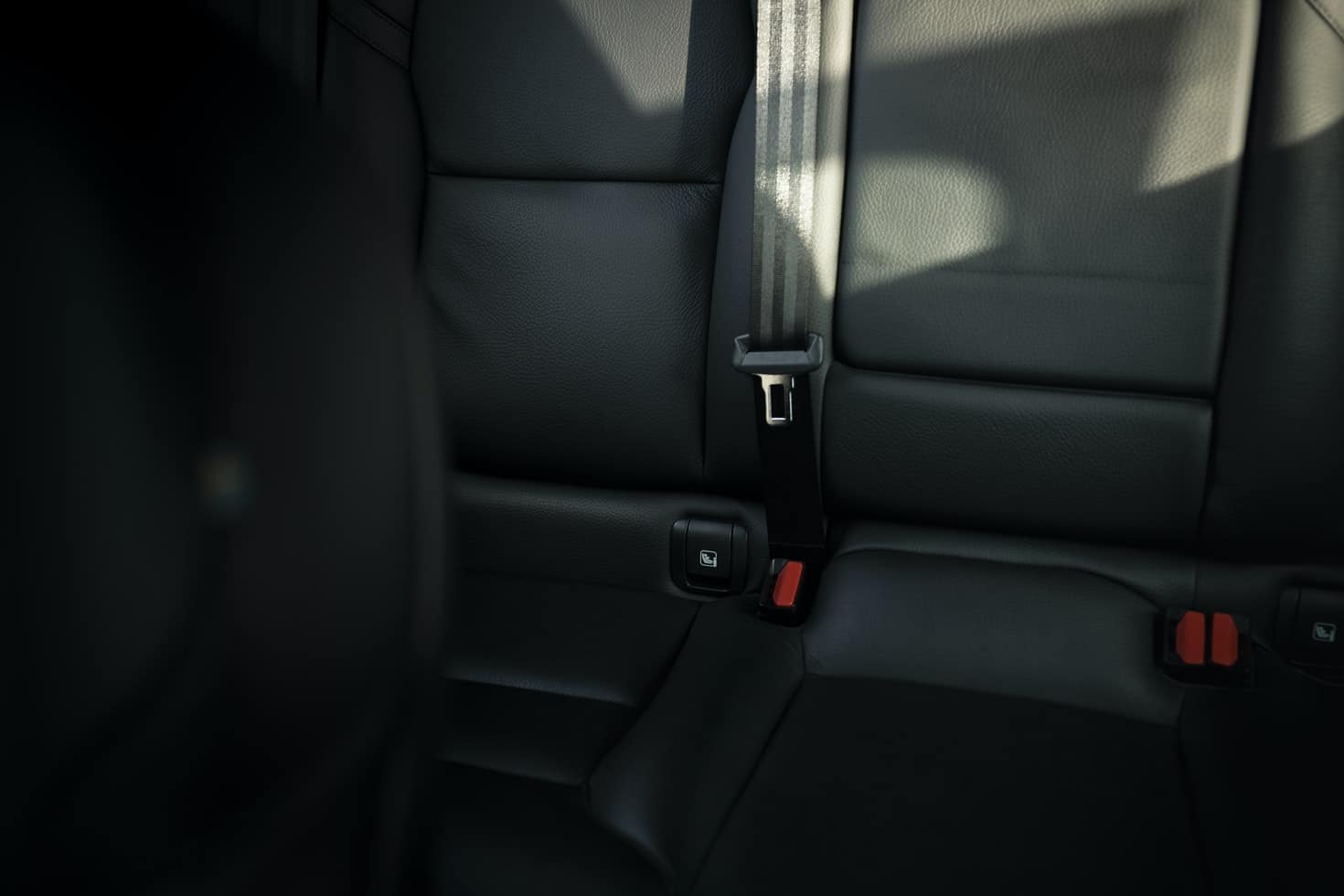Seat belt webbing is slightly thinner and has lower tensile strength than your standard polyester webbing used for cam or ratchet straps. As you can probably tell, this particular webbing is named for its primary use as an automotive restraint. It can also be used for various other applications, from bag straps to camping gear and boating accessories, among others.
While both regular polyester webbing and seatbelt webbing are made for rugged use, you should only use the highest-quality seatbelt webbing for repairs or replacement.
In this post, seat belt replacement expert Safety Restore shares what makes up quality seat belt webbing:
High Strength Tenacity
Tenacity is a measurement of the breaking strength of the webbing. The maximum tensile strength is usually marked on the webbing. This is the maximum amount of force the webbing can withstand before it breaks. A highly tenacious seat belt webbing is made of high-strength fibers and requires an equal or greater strength to break it.
Resistance to Abrasion
Abrasion is a significant factor for webbings used in the automotive industry. Seat belt webbing must have the correct level of resistance to abrasion to protect the user against car parts during a crash.
Abrasion resistance is measured in terms of cycles. It is the number of times the webbing can be stretched out, then relaxed, and stretched out again before it finally breaks. The more cycles a webbing can withstand, the better.
Low Moisture Regain
Moisture regain is the measurement of how much weight the webbing gains after absorbing moisture. The webbing should not increase more than 30% of its dry weight. After absorbing moisture, some seat belt webbings increase as much as 100% of their original weight, so make sure to check this with the supplier before getting the webbing.
Can Withstand Extreme Temperature
Seat belt webbing is used in various applications, and some of them require the webbing to withstand extreme temperatures. The temperature range is typically between -40 to 400 degrees Fahrenheit. The webbing should be able to withstand the temperature without any change in the physical properties.
Does Not Burn Easily
As a safety product, seat belt webbing must be fire retardant. This is another reason why seat belt webbing is often made of nylon and not polyester. Nylon is more resistant to fire than polyester.
Resistance to Most Chemicals
Chemicals can damage the webbing and dramatically alter its physical properties. The webbing used in car crashes must be resistant to gasoline, oil, and other common car chemicals. Unfortunately, not all seat belt webbing can withstand most chemicals. For example, the webbing must not completely dissolve in gasoline.
Conclusion
If you’ve ever had a need for seat belt webbing replacement and had to do it yourself or have ever been involved in an accident, you understand the importance of having trustworthy seat belt webbing for your vehicle.
While you might be in a hurry to patch it up or replace a damaged seat belt as soon as possible, you should take time to find the highest-quality webbing for the job. Now that you know what to look for in quality seat belt webbing, you will be able to make an educated purchase the next time you need to repair or replace the seat belt webbing in your car, truck, or RV. Better yet, trust only a respected name in the field of seat belt replacements and repairs to do the job for you to ensure your safety.
Safety Restore offers seat belt replacement and other services that can help you ensure the safe use of your vehicle. Contact us today to learn more about our post-accident restorations and other services!



